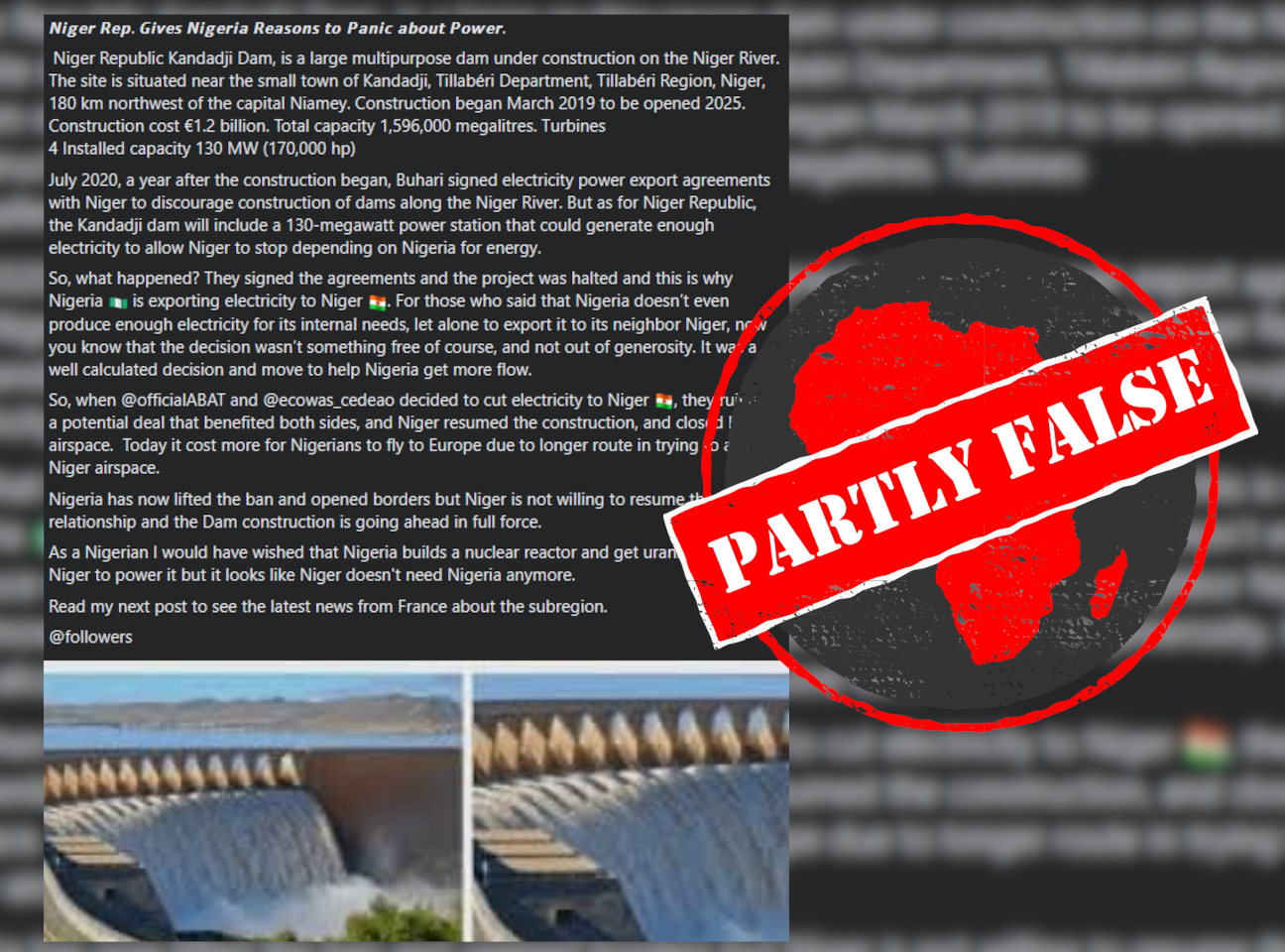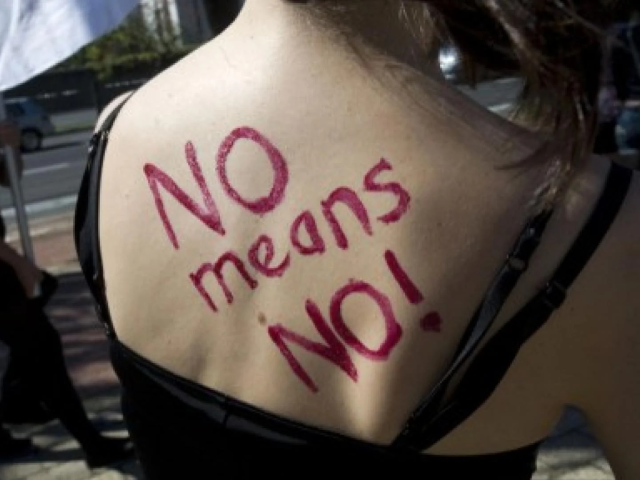IN SHORT: Several Facebook users have posted images supposedly of Kandadji Dam in Niger. But work on the Kandadji Dam was suspended in 2023 and the photo shows the Gariep Dam in South Africa.
Several Facebook users have posted an image which they claim shows the Kandadji Dam under construction in the Niger Republic, a country in West Africa.
One 21 March 2024 post reads, in part: “Niger Republic Kandadji Dam, is a large multipurpose dam under construction on the Niger River. The site is situated near the small town of Kandadji, Tillabéri Department, Tillabéri Region, Niger, 180 km northwest of the capital Niamey.”
The posts discuss the construction and significance of the Kandadji Dam, which will provide electricity and water. The posts include two similar images of a dam wall.
There have been diplomatic tensions between Nigeria and Niger since Niger was sanctioned by the Economic Community of West African States (Ecowas) after its president, Mohamed Bazoum, was deposed in a military coup in July 2023.
On 25 February 2024, Ecowas lifted the sanctions on the country, citing humanitarian reasons.
Nigeria also opened its border with Niger. The initial closing of the border had worried Nigerians and a senator from Kebbi Central said it had hurt Nigeria's economy.
People are sharing the posts to say the Nigerian government is ruining relations with Niger and to stress the importance of Niger.
The Kandadji Dam will generate hydroelectric power. Hydroelectric power uses moving water to generate electricity.
Similar posts can be found on Facebook here, here and here.
But does the image show the Kandadji Dam? We checked.

Gariep Dam in South Africa
Africa Check uploaded the image to Google's reverse image search tool and found several similar photos.
The most similar structure to the one in the photo is the Gariep Dam in central South Africa on the border between the Northern Cape and Free State provinces.
The Gariep is one of Africa’s largest dams. It generates hydroelectricity, irrigates crops and provides drinking water. It was built between 1965 and 1971.
We found an image captioned “Gariep Dam Overflowing” on Pinterest. Using TinEye, another reverse image tool, we found the same image on Shutterstock. Here it is uncaptioned but has been tagged with the keywords “Gariep Dam” and “Orange River”. It also led us to this very similar photo, captioned “Tourists on the Gariep Dam wall, watching it overflowing”.
We compared all of these images with photos published by South African publications Daily Maverick and Getaway magazine of the Gariep Dam, and could confirm they all show the same place.
On the other hand, according to an August 2023 report the Kandadji Dam hydroelectric project was halted by the Chinese contractor Gezhouba Group.
It remains unclear when construction will resume or when the Kandadji Dam will be completed. But the images circulating on social media are misleading, as they show the Gariep Dam in South Africa.
Republish our content for free
For publishers: what to do if your post is rated false
A fact-checker has rated your Facebook or Instagram post as “false”, “altered”, “partly false” or “missing context”. This could have serious consequences. What do you do?
Click on our guide for the steps you should follow.
Publishers guideAfrica Check teams up with Facebook
Africa Check is a partner in Meta's third-party fact-checking programme to help stop the spread of false information on social media.
The content we rate as “false” will be downgraded on Facebook and Instagram. This means fewer people will see it.
You can also help identify false information on Facebook. This guide explains how.



Add new comment